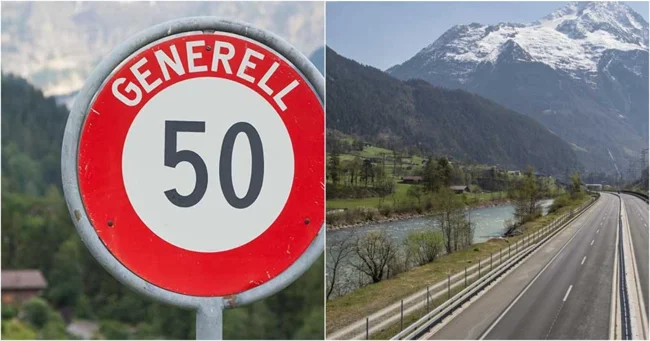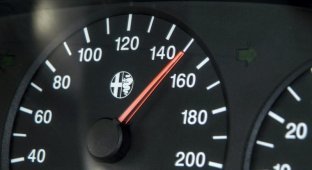How speeding fines are calculated in Switzerland (2 photos + 1 video)
I came across a very interesting video here, a blogger talking about a dynamic fine system. The idea caught my attention, and I set out to find out if it was true. 
It turns out it's all real. Since 1921, Switzerland has had a system of fines for traffic violations, the amount of which depends on the offender's income. This approach is known as a "dynamic fine" and is regulated by Article 34 of the Swiss Criminal Code (Strafgesetzbuch). It applies not only to speeding but also to other administrative and criminal offenses.
The fine is calculated using the formula: number of daily fines x the offender's daily income. The number of daily fines is determined by the court depending on the severity of the violation. For example, exceeding the speed limit by 11-15 km/h in a built-up area results in 20-30 fines, while exceeding the speed limit by 21-25 km/h results in up to 60 fines. Daily income is calculated as annual income divided by 360, minus basic living expenses (housing, food, and support for dependents).
To determine income, the offender must submit a tax return. If information is concealed, the fine increases. The maximum fine is up to 3,000 daily fines, which, for high incomes, can amount to hundreds of thousands of Swiss francs.
A famous case is the 1,080,000 franc fine issued to a Ferrari driver in 2010 for speeding at 290 km/h. This record has never been broken.

The goal of the system is to ensure equal liability regardless of financial status.
Wealthy citizens may not perceive the fine as an insignificant amount, and those with low incomes do not bear an unbearable burden. According to the Swiss Federal Statistical Office, this practice helps reduce traffic violations and improve road safety.
























